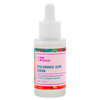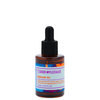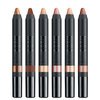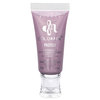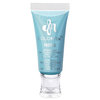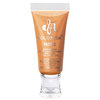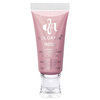
Whether pressed, loose, translucent, talc, mineral, or silica, powder can be powerful. You can use it to set foundation, remove distracting shine, mattify lipstick, make cream blushes and shadows last longer, as well as color-balance or -correct any makeup application.
Because they’re so versatile and varied, powders are vital to any kit. They’re a professional makeup artist’s secret, and among the most abused, misused, and misunderstood products in the makeup market. Whether you’re shopping for personal use or a pro career, here’s how to make sure you get the exact powders you need.
Application
You can apply powder with a puff or brush, but be aware that each will create a different effect. For setting, I prefer to use a puff, because the pressing and rolling action you can get keeps the powder in place nicely. On the flip side, smaller detail brushes are wonderful for removing shine, because you can apply product just to the areas that need it.
Tip: applying a small amount of powder on the eyelid or cheek before shadow or blush gives you smoother canvas to work on.
Translucent Powders
When it comes to setting makeup, the most popular powders are completely translucent—that is, color-free and invisible. When you’re setting any type of makeup (foundation, blush, pencil, concealer, etc.), translucent powder gives you the most long-lasting, smooth, natural-looking finish. There was a time when many “translucent“ powders on the market actually had color in them, the idea being that you’d use them to balance out your foundation shade and add depth or dimension. But because foundation technology has come so far, these pigmented versions of translucent powder aren’t all that necessary anymore. If you do want to have keep some in your kit, think about carrying a light, medium, and dark powder in both the yellow and pink color ranges (more specifics below).
Silica Powders
The number one thing to remember: silica powders don’t have setting properties. They disperse oil and water and remove sheen, but won’t help keep makeup on longer. Silicans work best to help remove shine, even in the most intense lighting situations. Remember to use with caution and care—a little goes a very long way.
Loose Powders
For me, the debate over whether loose powder is better than pressed powder is really about personal preference. Often, loose powder is extremely sheer, while pressed powder has a more opaque coverage and a heavier feel. That’s due to the emollients used to press the powder into the pan or compact. I actually use both. I find compact powder is easier to carry in your bag, while loose powder is better when working from a more permanent makeup station.
Color Correction Powders
Color-correcting shades help brighten and even out skin tone, and help diminish the appearance of dark spots, fine lines, redness, and other imperfections. Here are a few of my favorites that can be put together to adjust any look.
Yellow: Great for adjusting foundations that are too pink, or for deepening a base shade that needs to adjust to match either a tan or lighting on a shoot.
Pink: Helps correct pale skin that have too much green coming through. It can also help neutralize a foundation that’s too yellow.
Peach: Ideal for eliminating soft blue tones that can give the complexion an imperfect or dull look.
Orange: Can help darken foundation to match deeper skin tones, and also good for minimizing dark circles and adjusting an uneven complexion.
Violet: Lifts and brighten sallow or jaundiced-looking skin, and creates a more “awake“ look.
Green: A soft, sheer, dusting of green cuts down anything any areas that are too red or pink, to give skin an even, natural look.
Brown: An easy way to add contour or warmth when your face feels one-dimensional or washed out.
Read the rest of James Vincent’s Building Your Kit series here!
Photo: Image Source
As Director of Artistry for The Makeup Show, The Powder Group and On Makeup Magazine, makeup artist James Vincent has touched every facet of the industry with his talent. With specialties in film and theatre, television and celebrity work, editorial and runway work, James is foremast a passionate educator, training for brands such as MAC, Stila, CNN and Lancome. He continues to inspire the next wave of artists with his beauty expertise. Follow James on Twitter @JVincentmakeup.
You Might Also Like
-
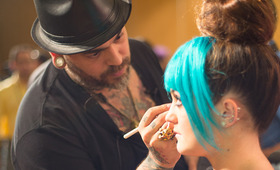
Building Your Kit
Building Your Kit Part 25: Runway-Ready Essentials
- 602
-
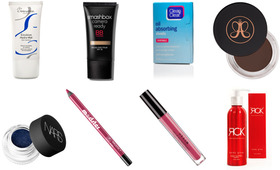
Building Your Kit
Building Your Kit Part 22: Red Carpet Beauty Secrets
- 835
-

Building Your Kit
Building Your Kit Part 20: Winter Weather Essentials
- 608
-
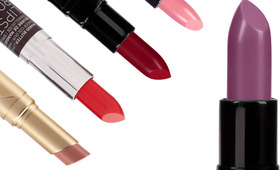
Lipstick
Building Your Kit Part 13: How To Create the Perfect Lipstick Collection
- 1437
-

Building Your Kit
Building Your Kit Part 8: The Complete Guide to Eye Shadow
- 2002
-
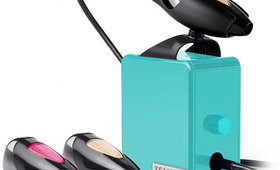
Building Your Kit
Building Your Kit Part 26: Everything You Need for Airbrush Makeup
- 575
-
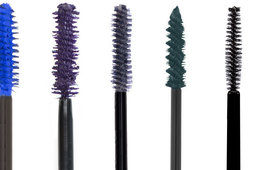
Building Your Kit
Building Your Kit Part 10: Mascaras from A to Z
- 1722
-

Bronzer
Building Your Kit Part 14: How To Pick Blushes And Bronzers
- 1215

















